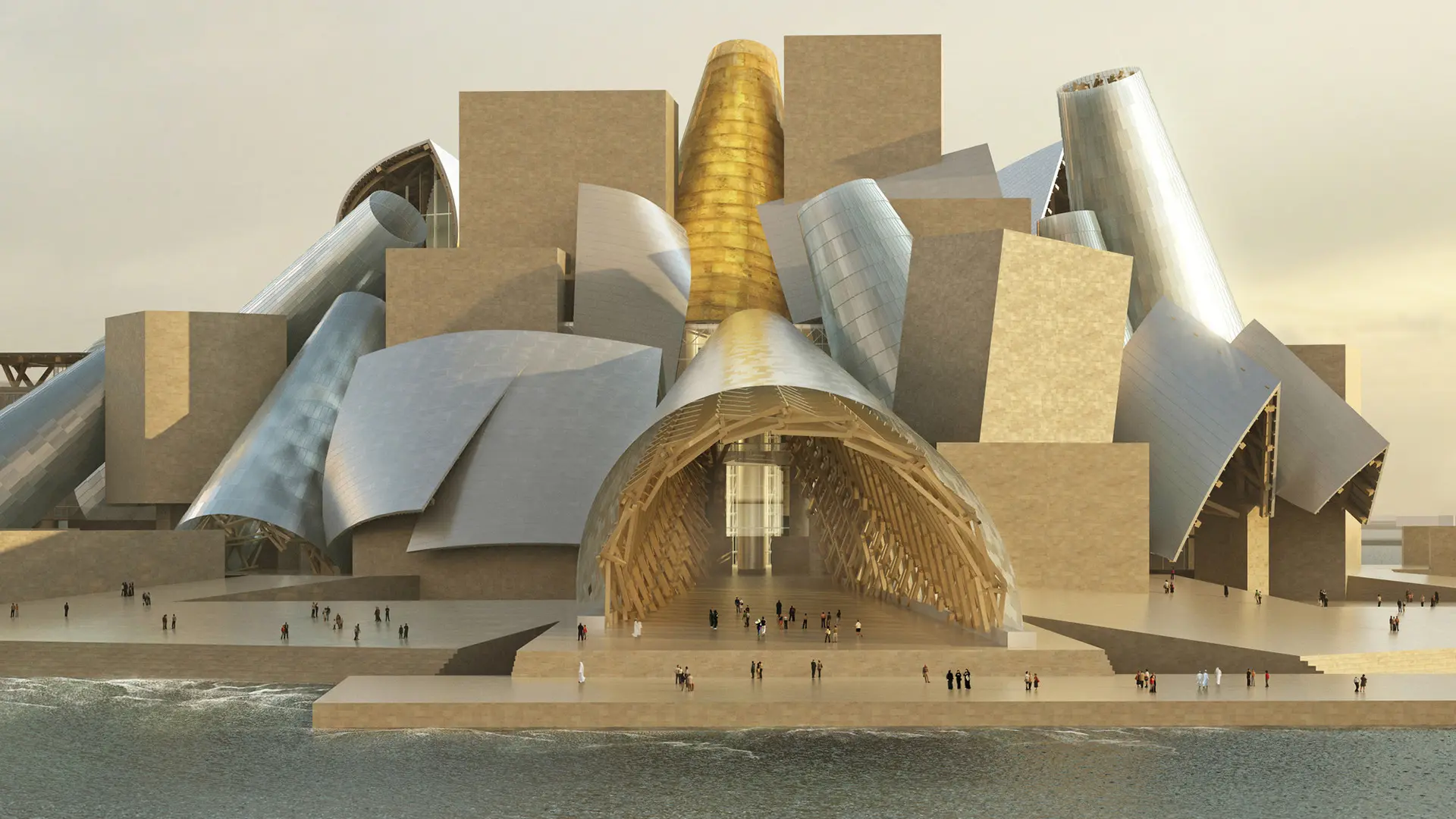From BIG to David Chipperfield, Frank Gehry to Snøhetta: a world tour of the best buildings set to open in 2026
The neurosciences: what they are and how they apply to design

Renaissance Dreams di Refik Anadol opera site-specific permanente @ MEET Digital Culture Center di Milano
When design serves people: the coherence of beauty and the crucial role of individual-centered planning
Design derives from and is epitomized in the projection towards possible future scenarios. Assuming that there are similarities in both people's actions and reactions, we can imagine a specific object and/or space that works for a group. Today, however, design goes further, being interwoven with sciences that seek to cover the vastness of the neurophysiology of perception.
For example, in anthropology the transformation of spaces-in-places is a fundamental concept that reflects the complexity of human and cultural interactions within an environment, while in architecture this is identified with the emergence of relationships – with people, objects, light, sounds, smells, etc. – hence a series of synesthetic relationships with our surroundings.
The Salone del Mobile in Milan, which has always been the world epicenter of design, has taken a pioneering step by collaborating with Lombardini22 and incorporating neuroscience into its approach, to create spaces aligned with the needs of visitors and collect data on the experiences of its public. This bold move not only reflects a commitment to advancing design, but also exemplifies the coherence of beauty through people-centric spatial planning.
The beauty we are speaking of therefore reflects the permeable nature of our brain and body with the environment, activating processes that influence behavior and thought.
Coherence of beauty and the planning of space
Thanks to the interdisciplinary approach, we are able to say that any environment is capable of inducing some reaction. With this notion, the designer has the great responsibility to work in a user- and context-dependent way, predicting the possible feelings and sensations aroused within a space.
By activating those processes of interaction - thus transforming itself into a place – space has the ability to promote or hinder the understanding of the meaning of things, others and ourselves.
This, however, does not mean being puppets in the hands of a designer. On the contrary, the degree of autonomy over our well-being is actually increased.
Today we know, in fact, that people experience through the body and the senses, with a brain-body system that confirms that perception and cognition are not separable, but a flexible and changeable, highly situational mechanism.
"The body is the 'a priori' condition of the possibility of experience"
Professor of Psychobiology Vittorio Gallese
This mechanism, conditioned by the rhythm and timing of our lives, has brought out the importance of recognizing how we feel and what we perceive in a given environment and being aware of the possibility of modifying the latter accordingly.
The possibility of making people the creators of their own experience, in resonance with the environment that surrounds them, marks the foundation of the relationship between beauty and the design of space. It is a richly nuanced dance that encompasses the harmonious coexistence of form, function and substance.
The aesthetic experience and human beings
Just as a well-designed space can generate a specific atmosphere, it can also generate an aesthetic experience. They are both multisensory processes that pass through direct experience, but which are difficult to describe, let alone measure.
In fact, we could consider aesthetic judgment as a combination of emotions and autonomous reactions as well as needs, the latter being the real determinants of the degree of subjectivity and self-determination of aesthetic experience.
In other words, by observing ourselves and the space around us with humility and kindness, we can come to a deep understanding of our needs and so satisfy them, finding the necessary situations in the environment that we inhabit. This sort of empathy and two-way traction - with our person and with the rest - is what helps not only the aesthetic experience, but also builds a bridge towards integrated design that looks at people by starting from them.
"Beauty, Empathy and Integrity are the pillars of the perception of reality" Architect and theorist Juhani Pallasmaa
The neurosciences and design
In these ways, the neurosciences are a useful instrument. Considering that our understanding of our surroundings is an active process conveyed by social, physiological, and psychological filters, examining the impact of an environment is significant as an approach that is both scientific and ethical.
A place is difficult to measure in space and time, but it is fairly possible through those who make it so by inhabiting it, even if temporarily: again, people.
Like so many invisible architectures, rich in memories and involuntary responses, each place has a different meaning for those who pass through it.
The interaction of perceptual, affective and cognitive processes is the basis of the experience of beauty and it is evident, therefore, that harmonious design can influence and stimulate our being.
The key to the correspondence between science and ethics is precisely this coherence, which reminds us that we are first and foremost human beings and offers the possibility of successfully predicting and assessing the behavior of people in a built space or with the objects we design, thanks to those tools that measure reactions and interactions, seeking to interpret those processes to define the genius loci and affordability.
The decision to integrate the neurosciences into the experience of the Salone testifies to the commitment to understanding and improving the public’s interaction with what the space of the Fair represents. It reveals a far-sighted predisposition to harmonize beauty and the planning of spaces.
Now, it is the task of every single designer to imagine and create spaces and objects that can facilitate everyday life, not only by helping gestures and relationships, but by improving one’s understanding of one’s own person. Towards an architecture of “events”, which encompasses all the facets of the human being, at every moment.


 Stories
Stories








